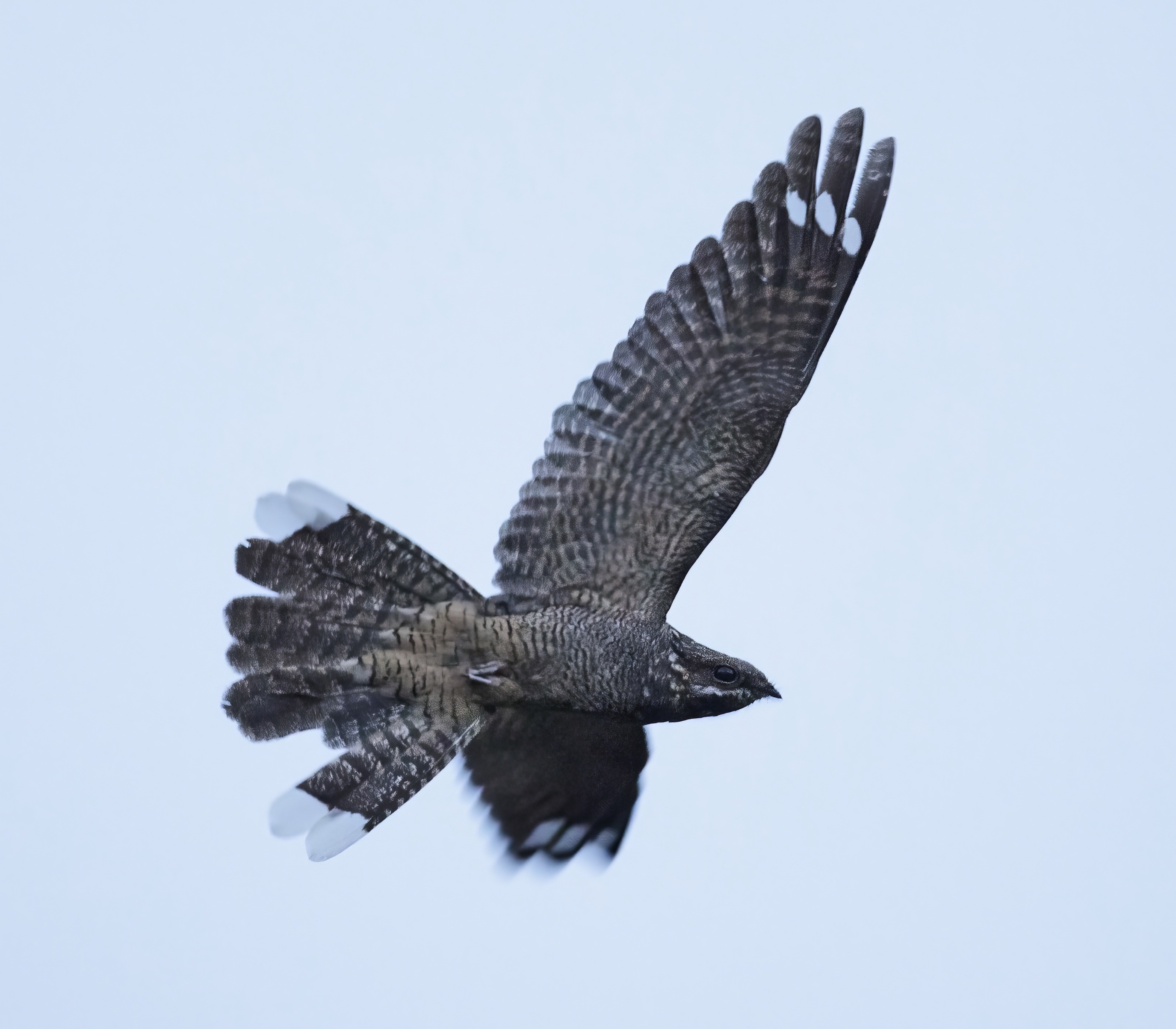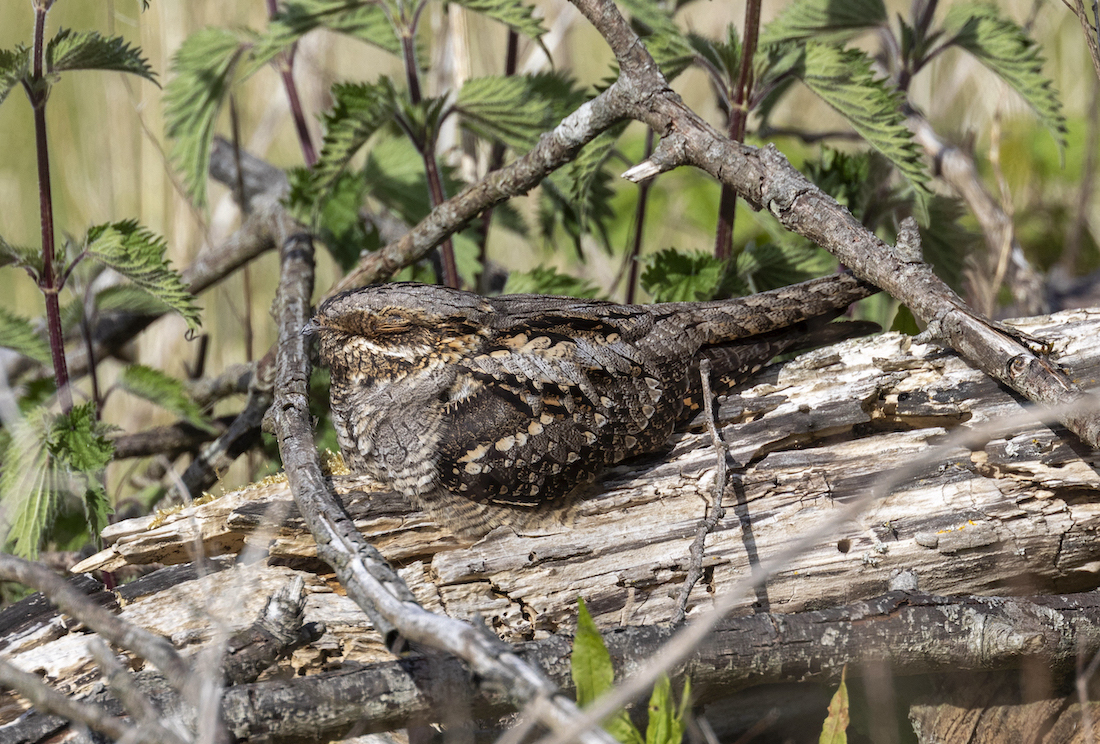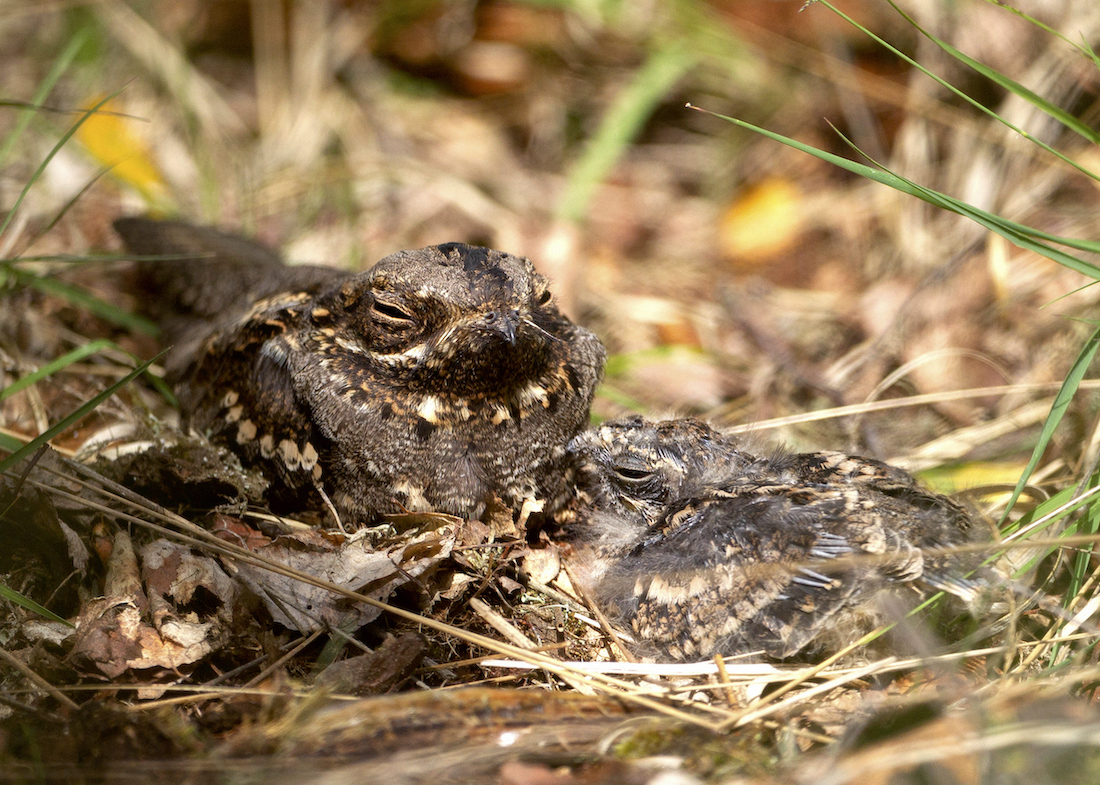European Nightjar Caprimulgus europaeus. RBBP.



Lorand and Atkin (1989) noted a recent decline and contraction in range of the Nightjar in the county with losses from the Market Rasen, Woodhall Spa and Lincoln areas. That decline continued with breeding birds now found in only four localities one of which only holds a single pair. A full county survey in 1992 found a total of 59 singing males of which 39 were in Laughton Forest. This area held 32 males in 2005 and has continued to hold the bulk of the county breeding birds to 2019. Changes in forestry practice at Laughton with a move from clear felling to selective harvesting in recent years has reduced the area available to breeding Nightjars and there was a maximum of 20 singing males found in a full survey in 2015. Numbers in the Market Rasen area are similarly affected by forestry practices affecting habitat availability while the population at Crowle is on managed heathland and thus more stable. Breeding birds usually arrive from the first week of May, occasionally at the very end of April and most have departed breeding sites by early September. The county population is now in the region of 30 – 40 singing males and is thus somewhat critical. Passage migrants occur occasionally on the coast and may be found in the most unexpected places like gardens, during the post-fledging dispersal of juveniles in September.
(Account as per new Birds of Lincolnshire (2021), included September 2022)
